The Paycheck Protection Program (PPP) has officially come to a close. As of May 31, 2021, lenders are no longer accepting applications for PPP loans. Now that the U.S. Small Business Administration (SBA) has ended the PPP, you might be wondering what alternative financing options are available for your business.
The Paycheck Protection Program (PPP) Has Ended. Now What?
7(a) Loan
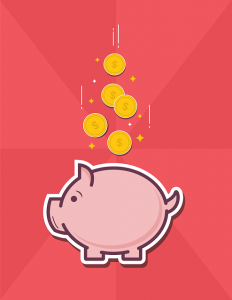 The SBA offers 7(a) loans. The size of a 7(a) loan can vary from less than $25,000 to up to $5 million. For 7(a) loans less than $150,000, the SBA will guarantee 85% of the total amount. For those over $150,000, the SBA will guarantee 75% of the total amount.
The SBA offers 7(a) loans. The size of a 7(a) loan can vary from less than $25,000 to up to $5 million. For 7(a) loans less than $150,000, the SBA will guarantee 85% of the total amount. For those over $150,000, the SBA will guarantee 75% of the total amount.
Unlike with PPP loans, 7(a) loans must be paid back in full. The SBA will simply guarantee part of the amount to the lender. If you don’t repay a 7(a) loan, for instance, the SBA will pay the lender up to 75% or 85%.
SBA Express Loan
In addition to 7(a) loans, the SBA offers Express loans. SBA Express loans are similar to their 7(a) counterparts but with a few nuances. For starters, SBA Express loans are designed for smaller amounts of borrowed money. The maximum amount allowed for an SBA Express loan is $350,000.
The SBA also guarantees different amounts for 7(a) loans and SBA Express loans. It will guarantee either 75% or 85% of a 7(a) loan, but the SBA will only guarantee 50% of an Express loan. Of course, the main difference between these two types of SBA-backed loans is the time it takes to acquire them. SBA Express loans live up to their namesake by being fast. According to the SBA’s website, it will respond to applications for an Express loan within 36 hours.
Invoice Factoring
You may want to use invoice factoring as an alternative to a PPP loan. Invoice factoring isn’t offered by the SBA, nor is it a loan. Rather, it’s a financing method that involves selling some or all of your business’s invoices.
Invoices are part of your business’s accounts receivables. Rather than trying to collect the outstanding amounts from customers, you can sell the invoices to a third party. Invoice factoring can provide you with immediate capital, which you won’t have to repay.
 Line of Credit
Line of Credit
Another option is to get a line of credit. Most banks offer lines of credit to businesses. It’s a type of debt-based financing that functions as a revolving loan.
With a line of credit, you can borrow up to a specific amount of money from the bank or lender. As you pay down the borrowed amount, it will free up additional money in the line of credit.
This article was brought to you by�Intrepid Private Capital�Group�� A Global Financial Services Company. For more information on startup and business funding, or to complete a funding application, please visit our�website.
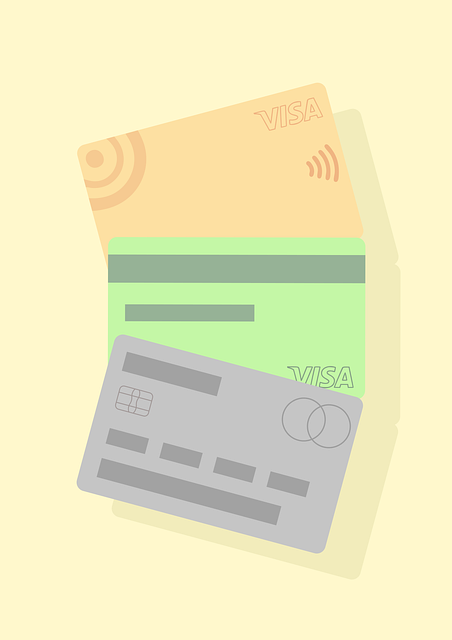
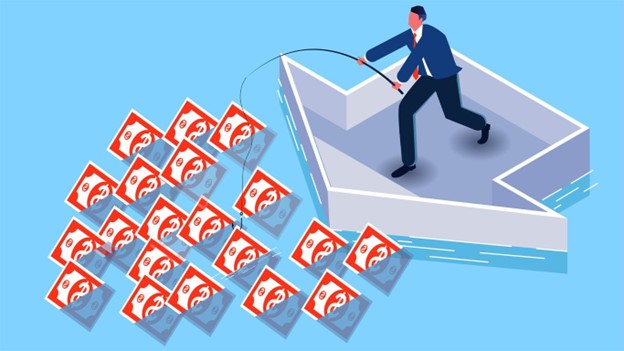
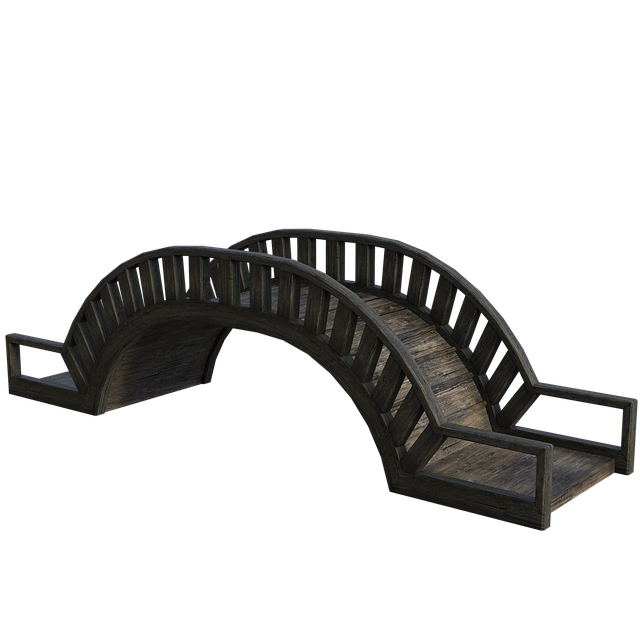


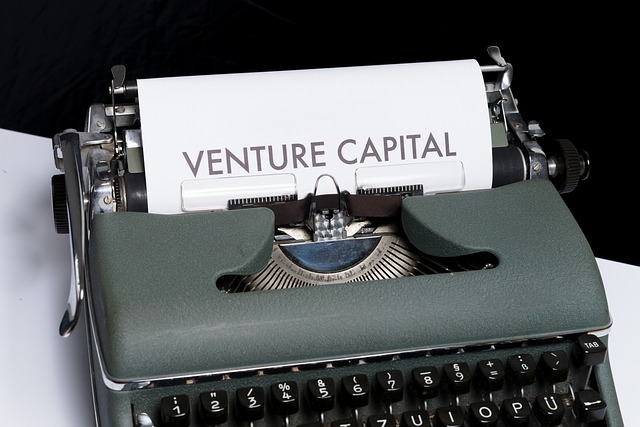
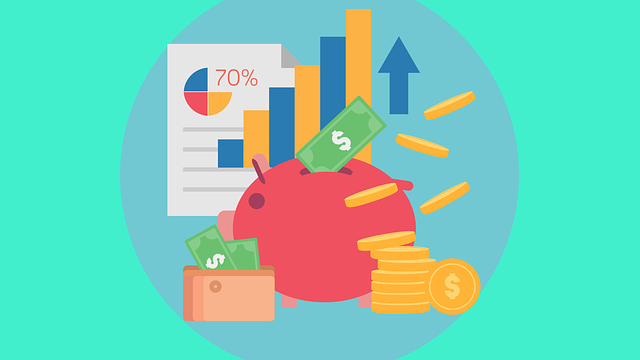


+ There are no comments
Add yours